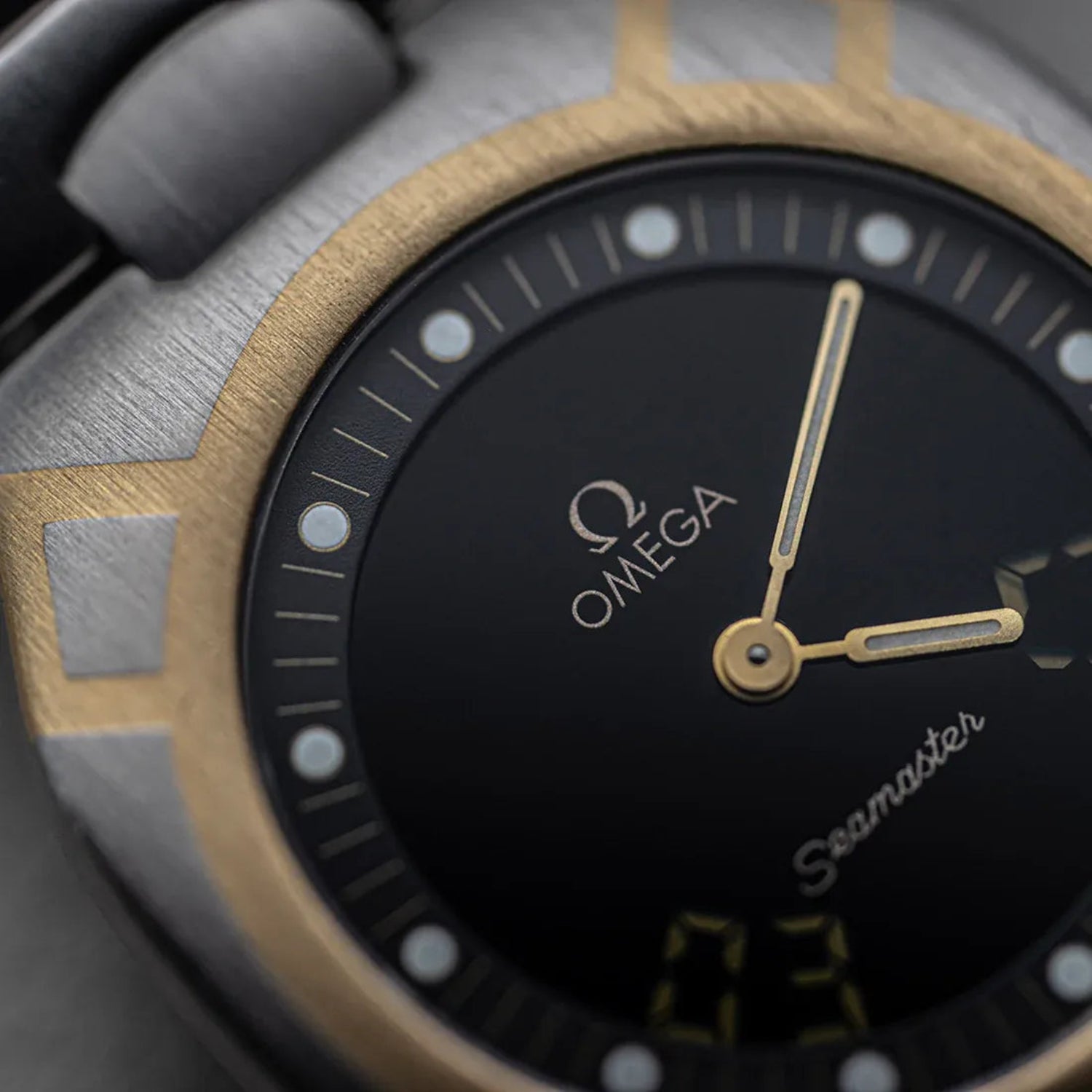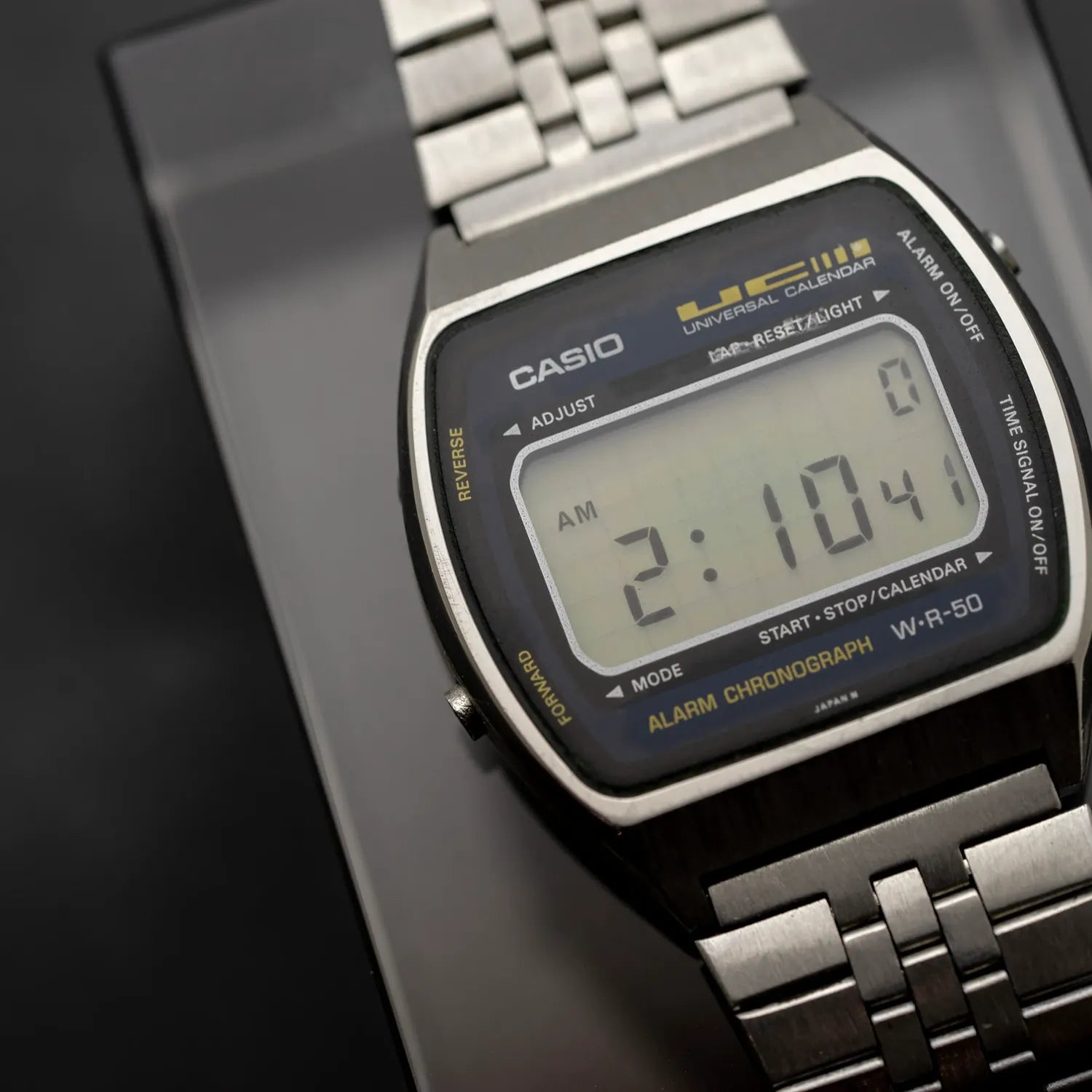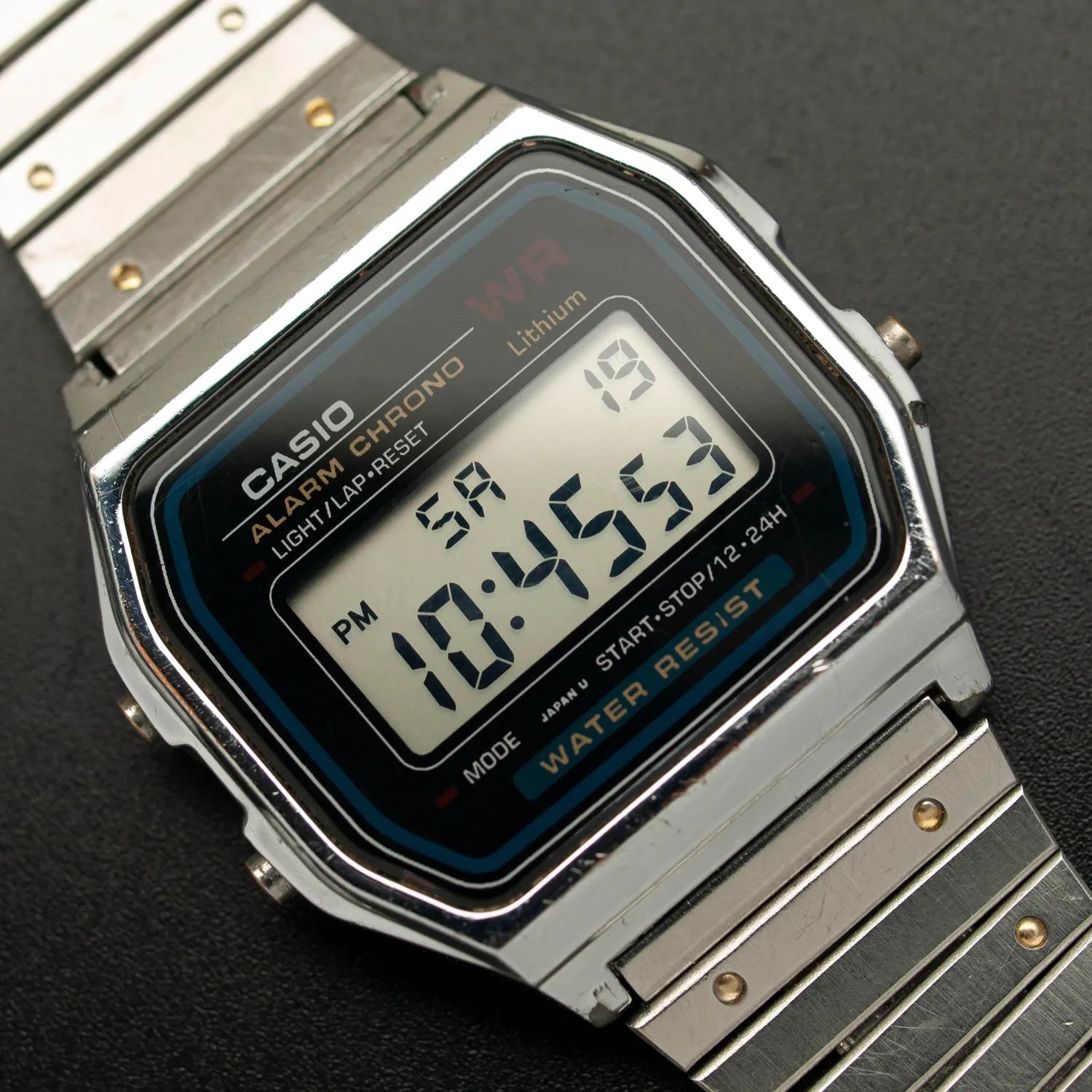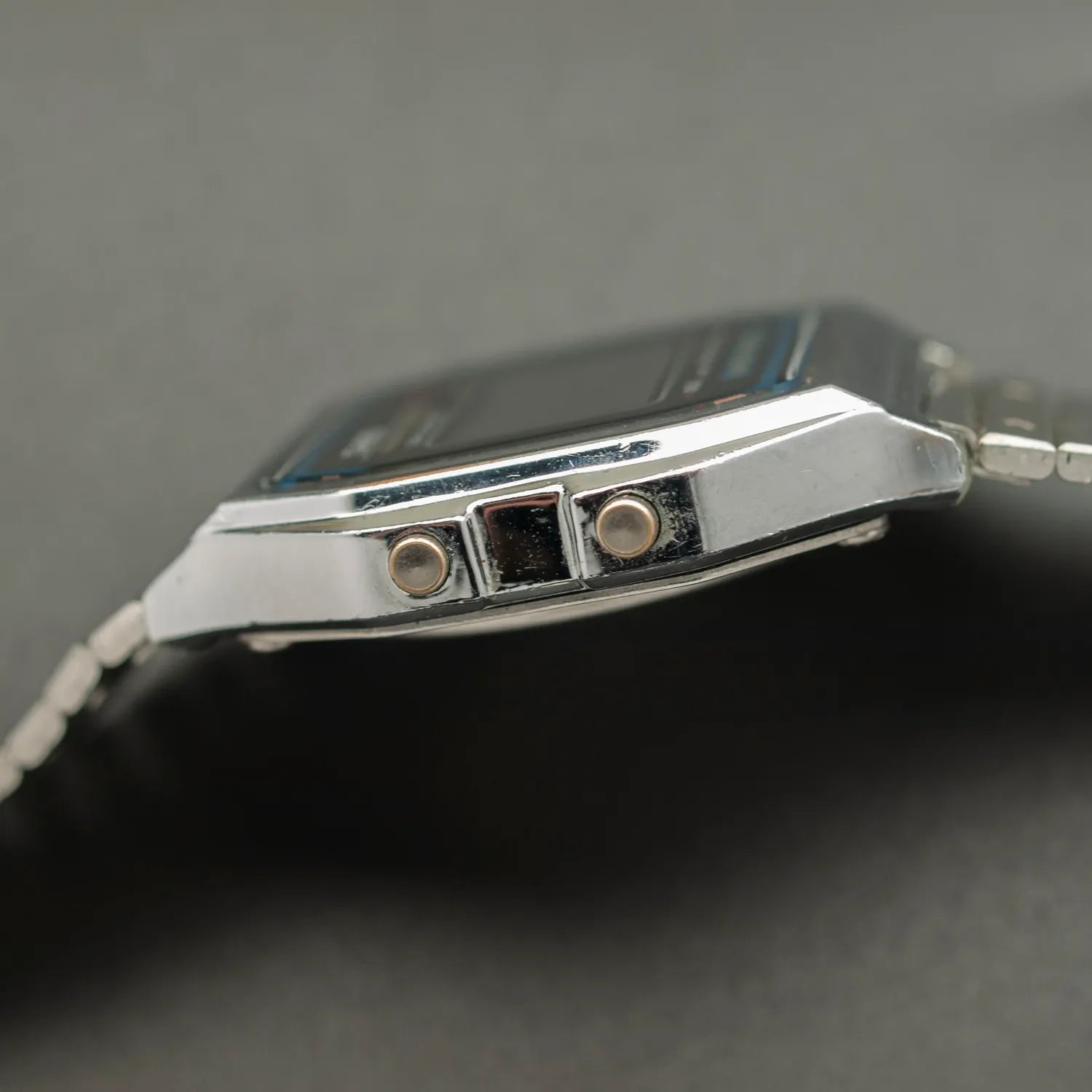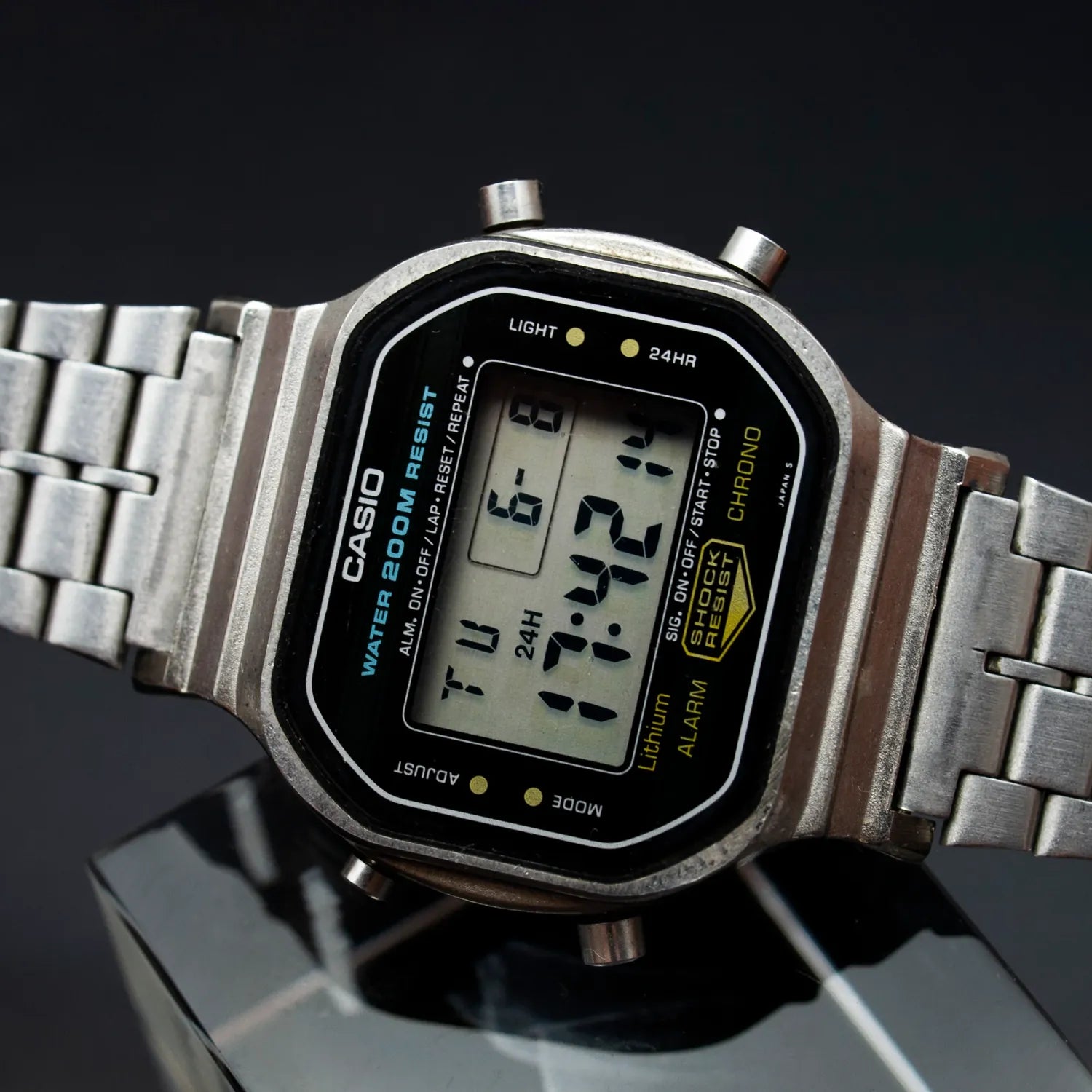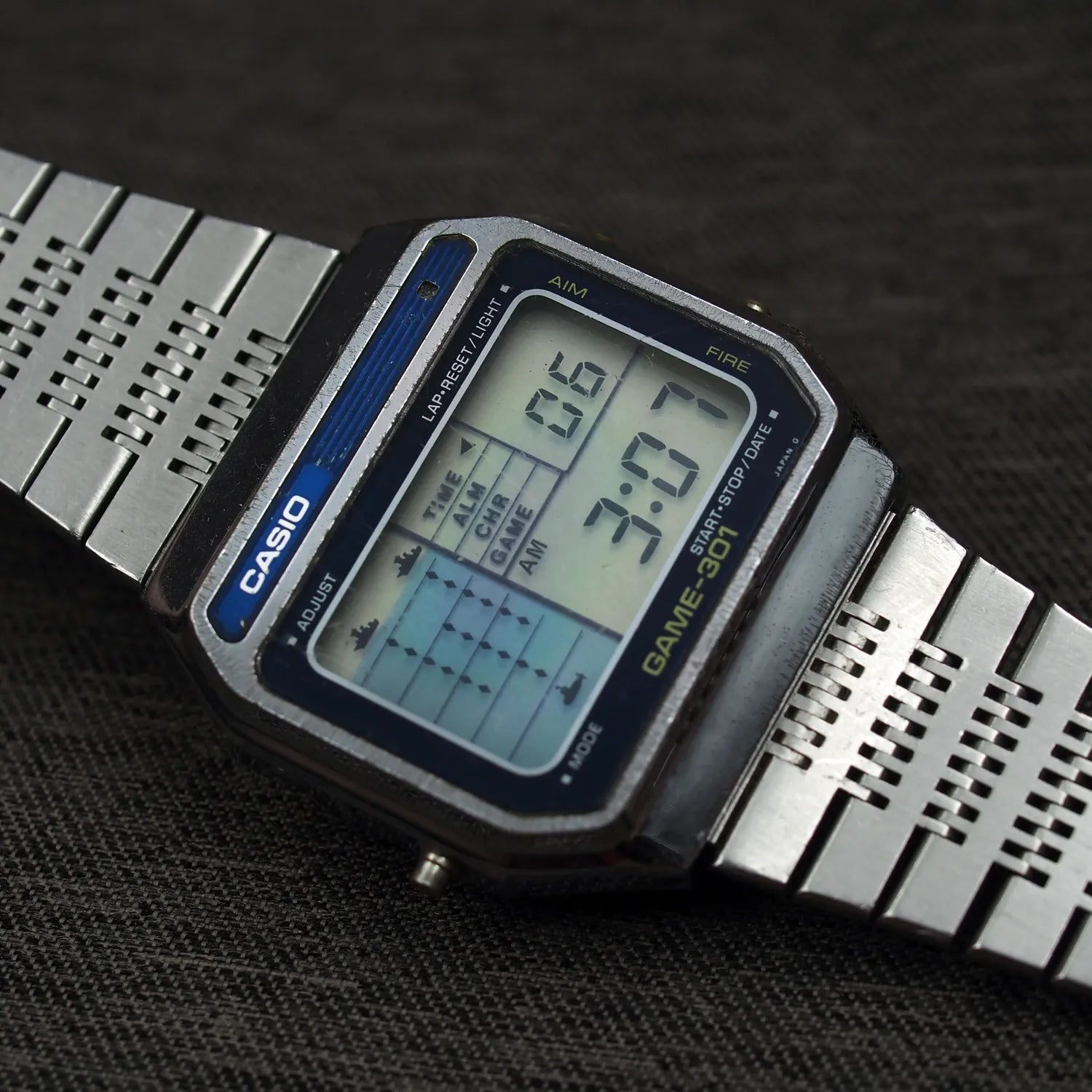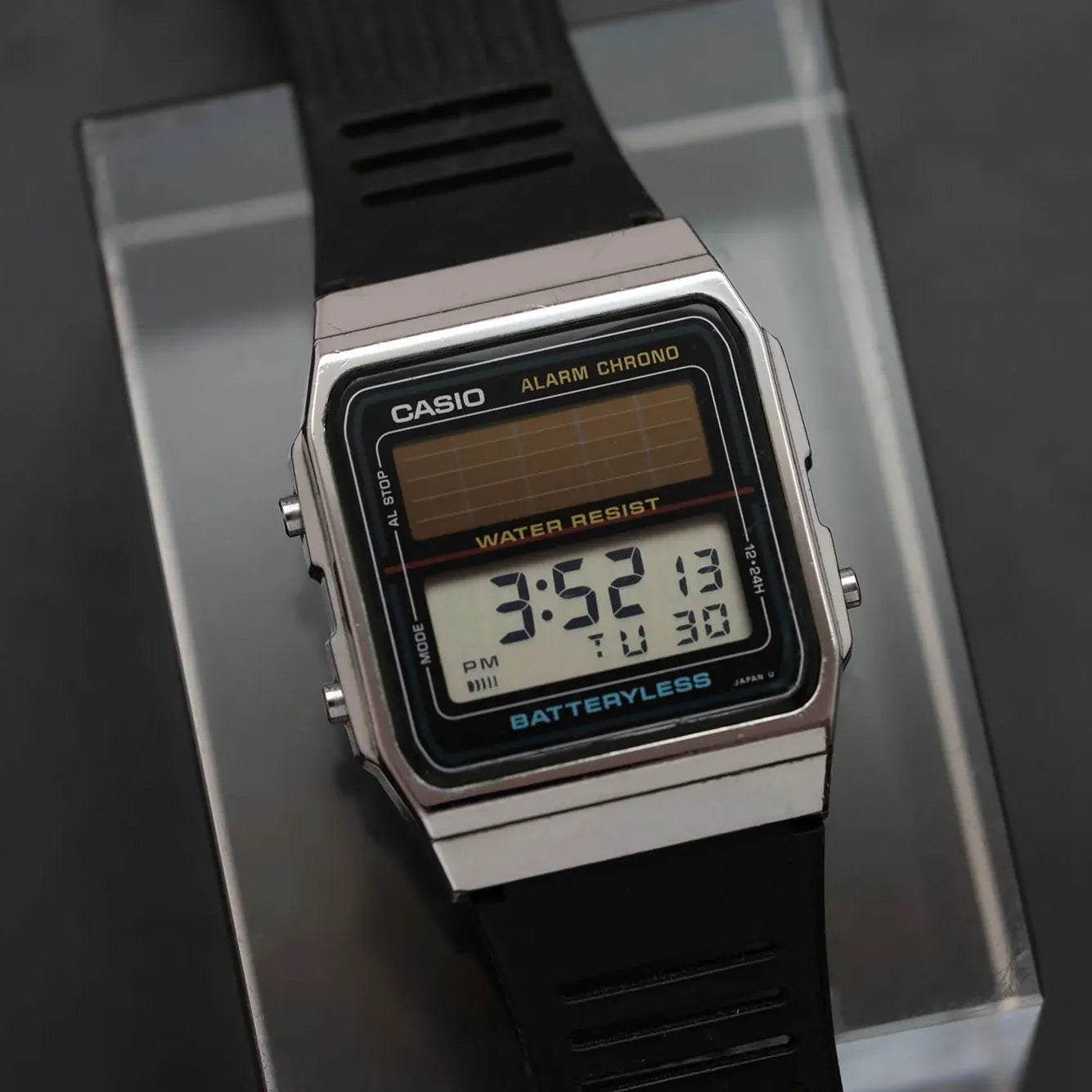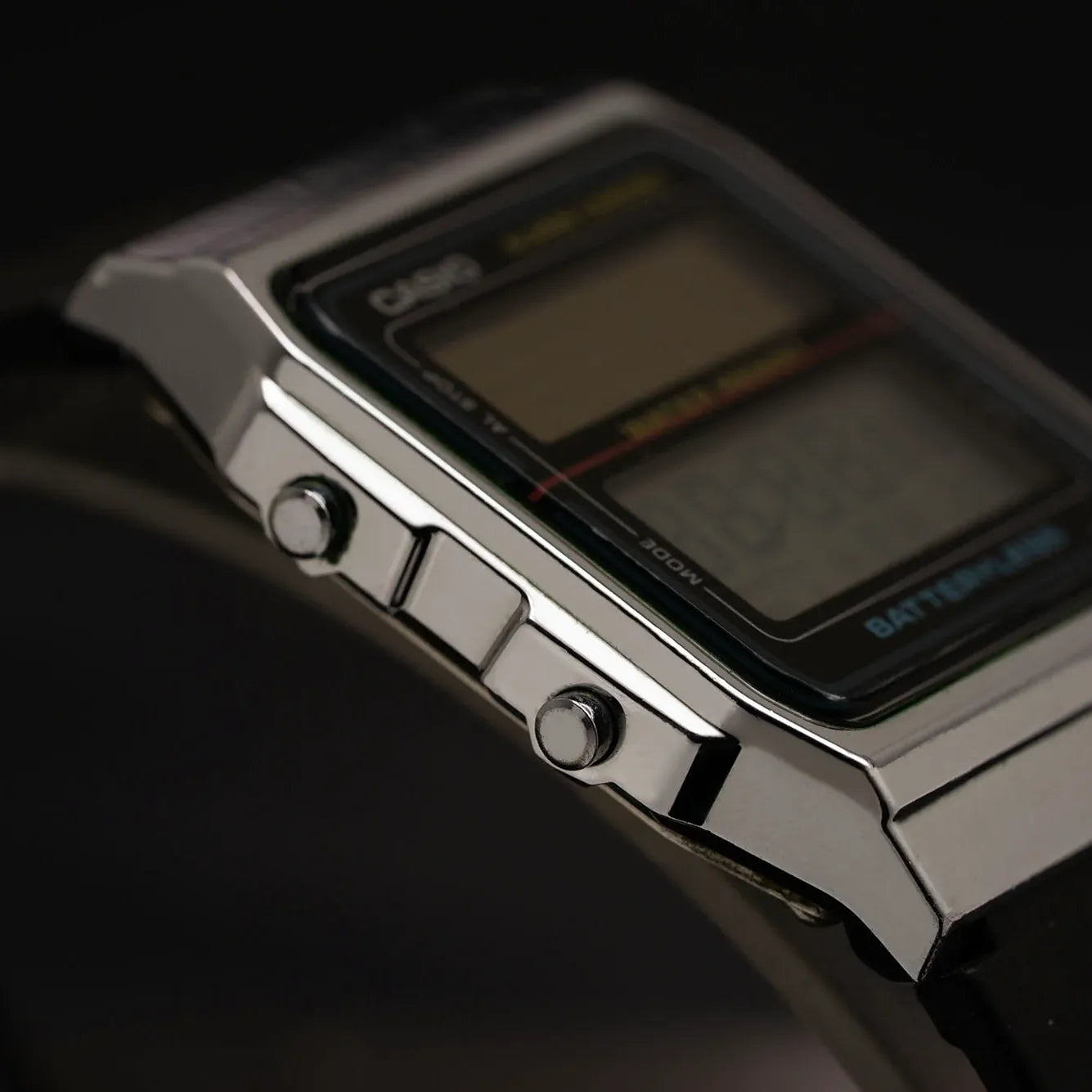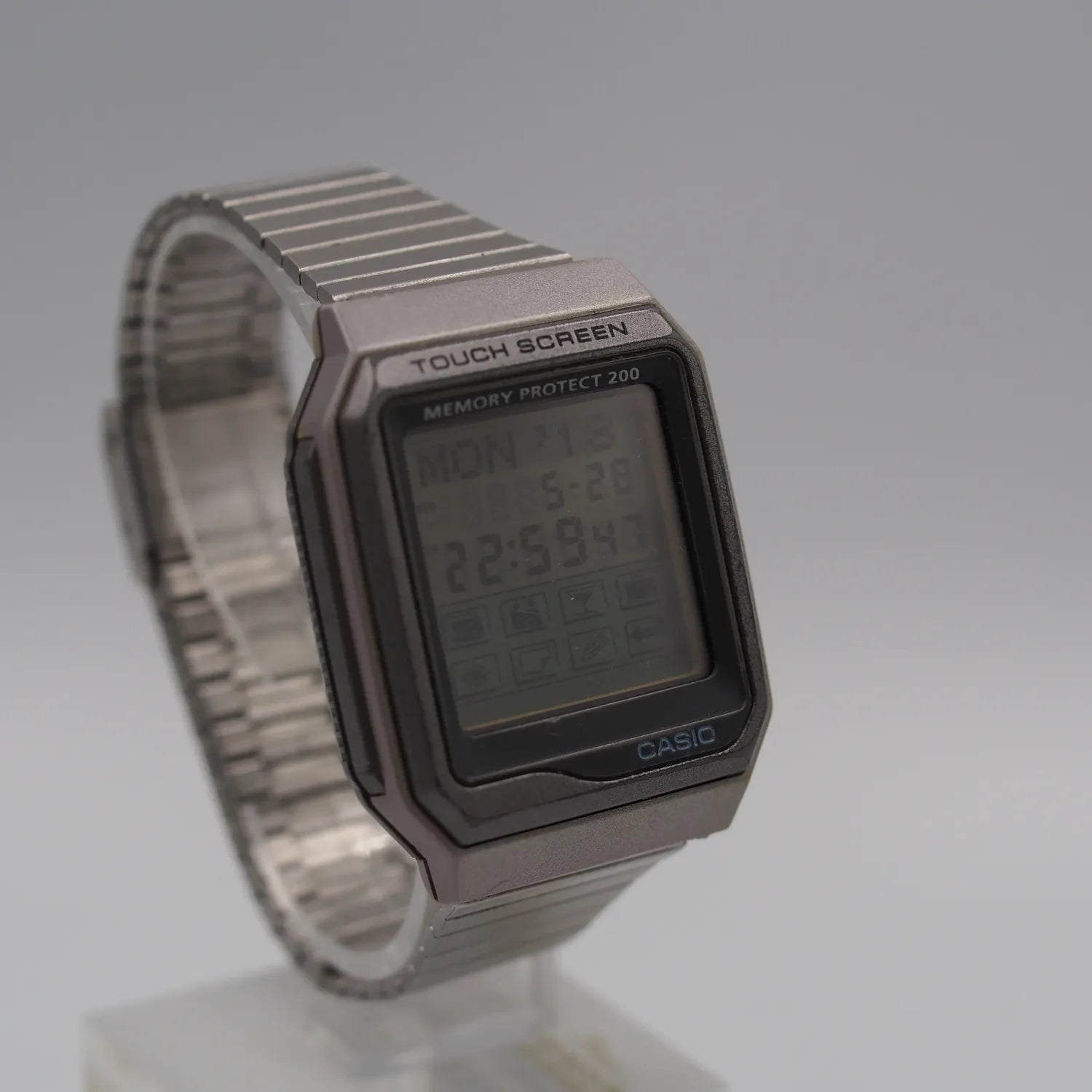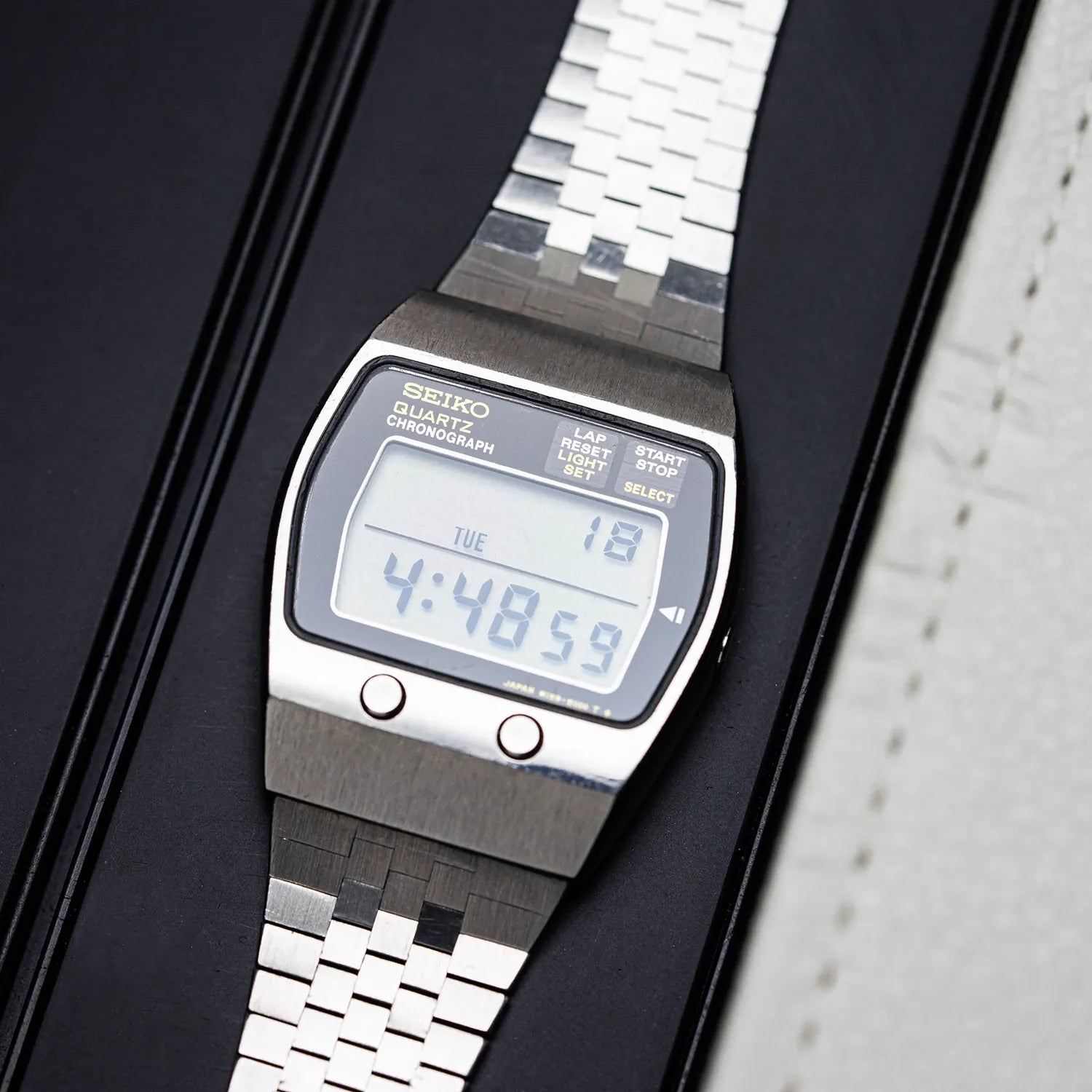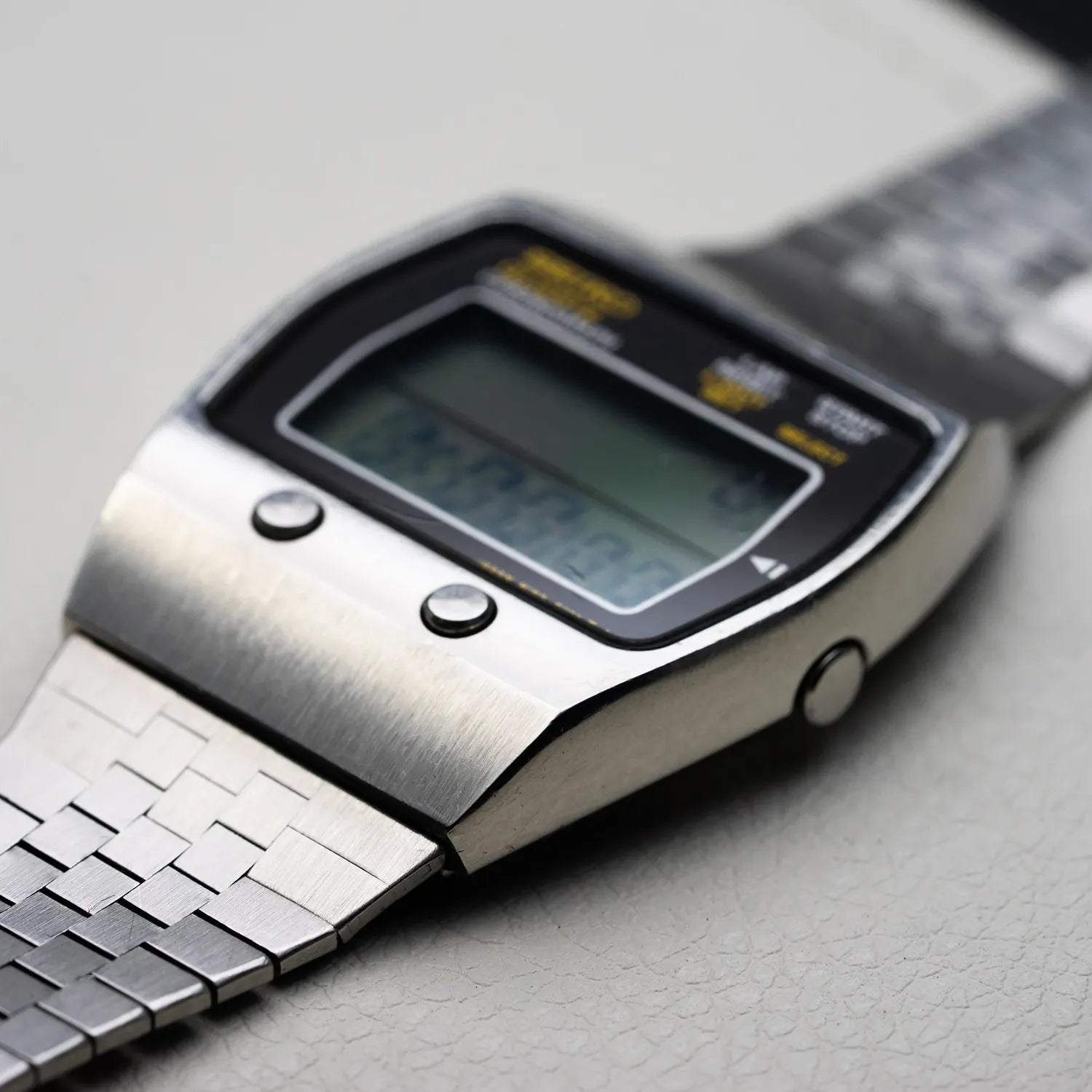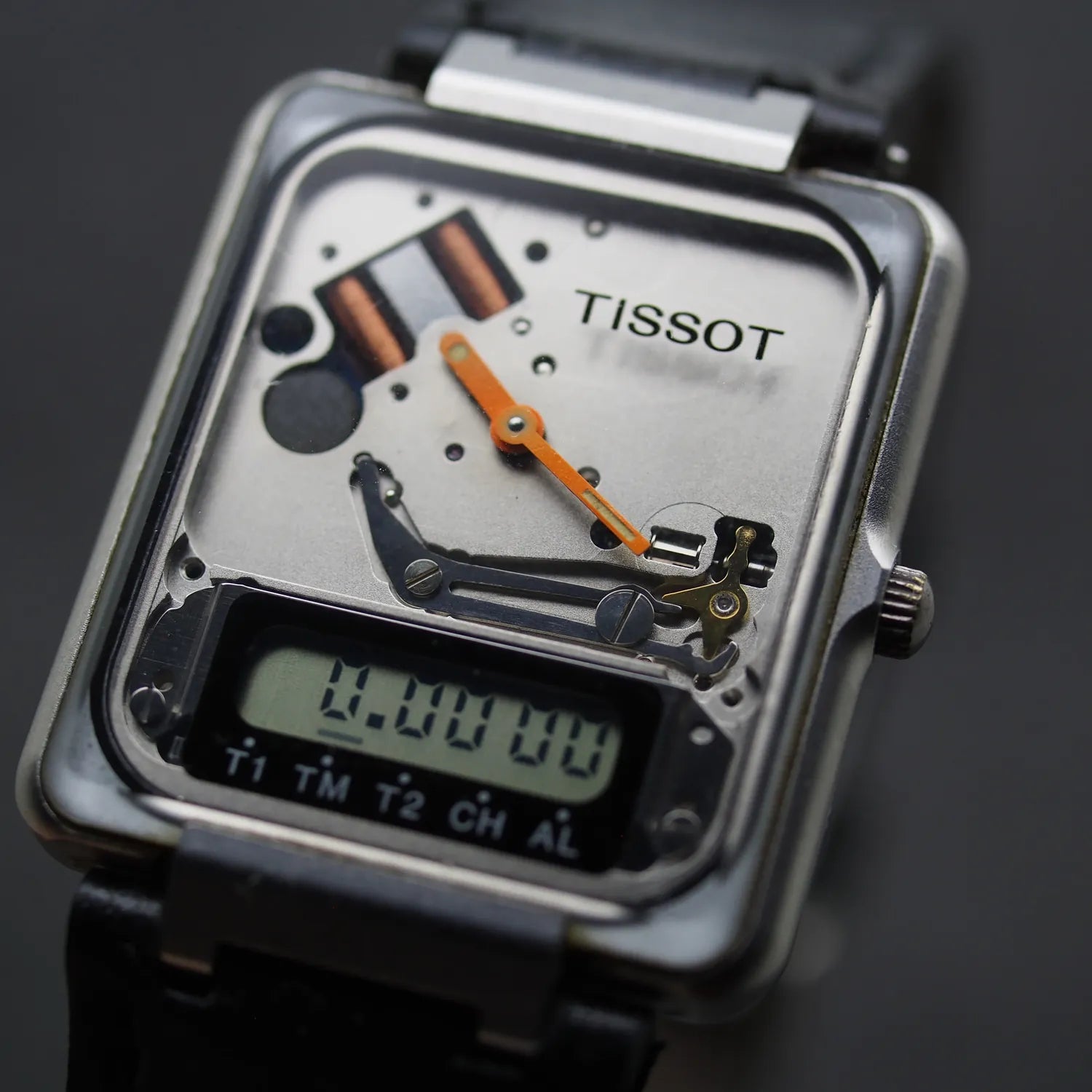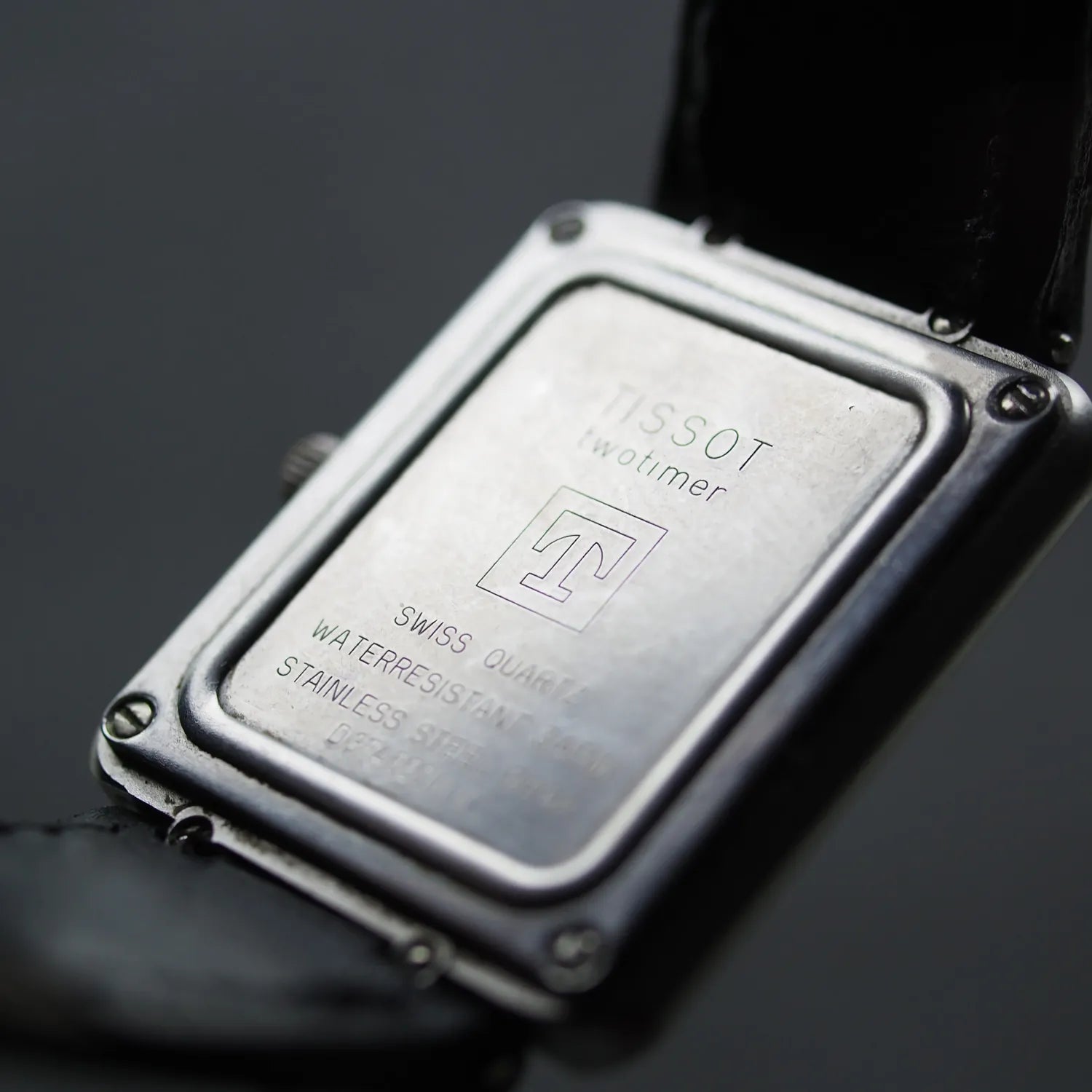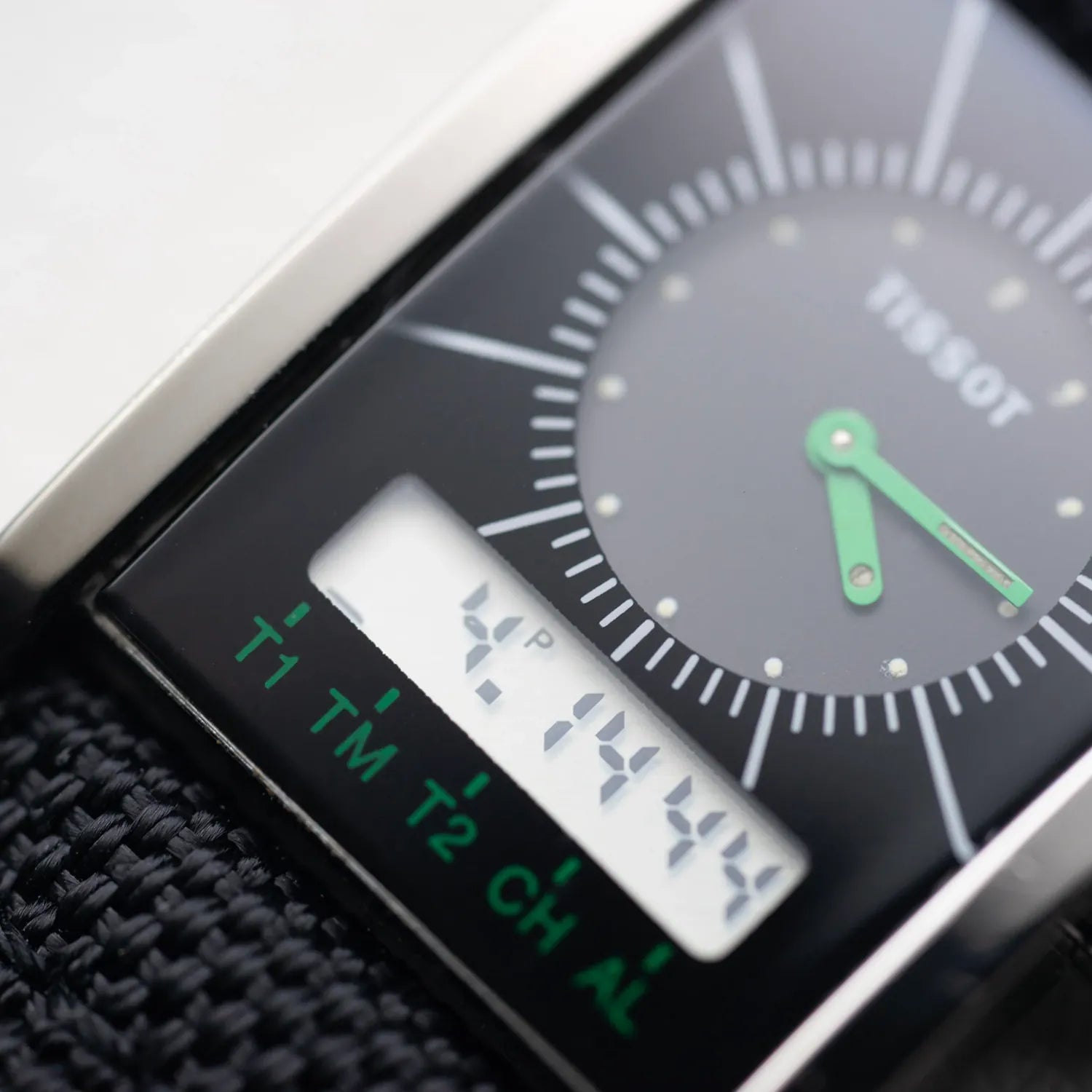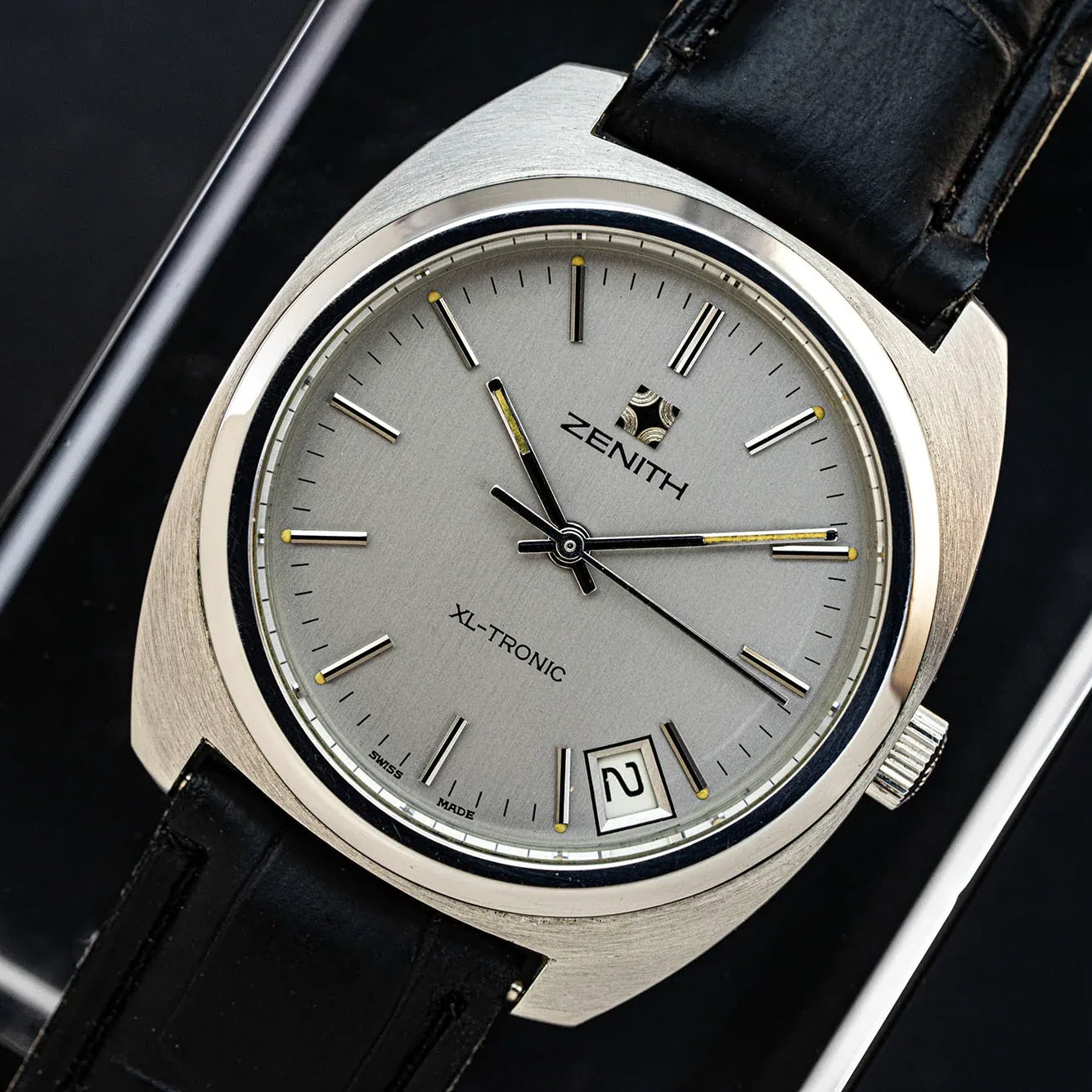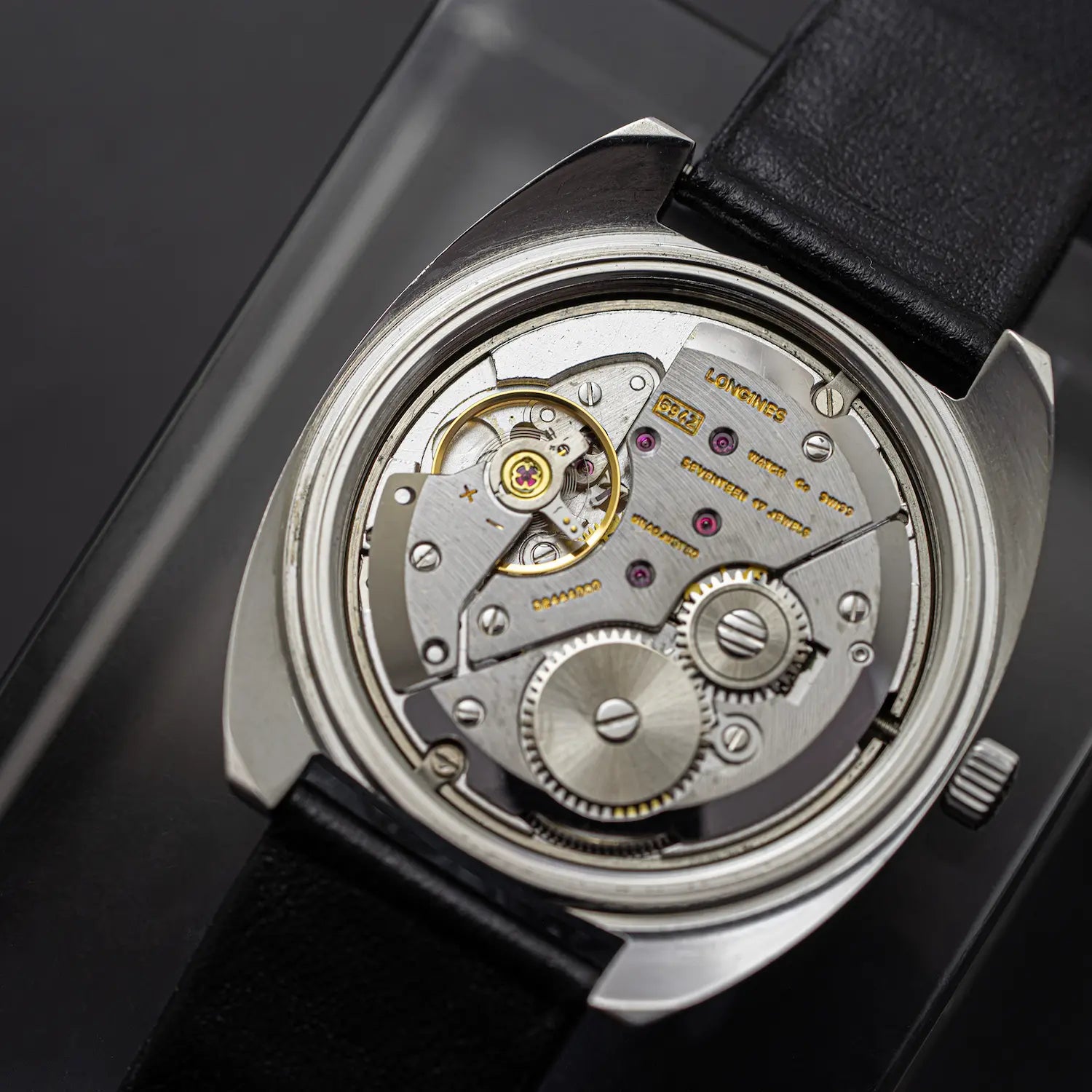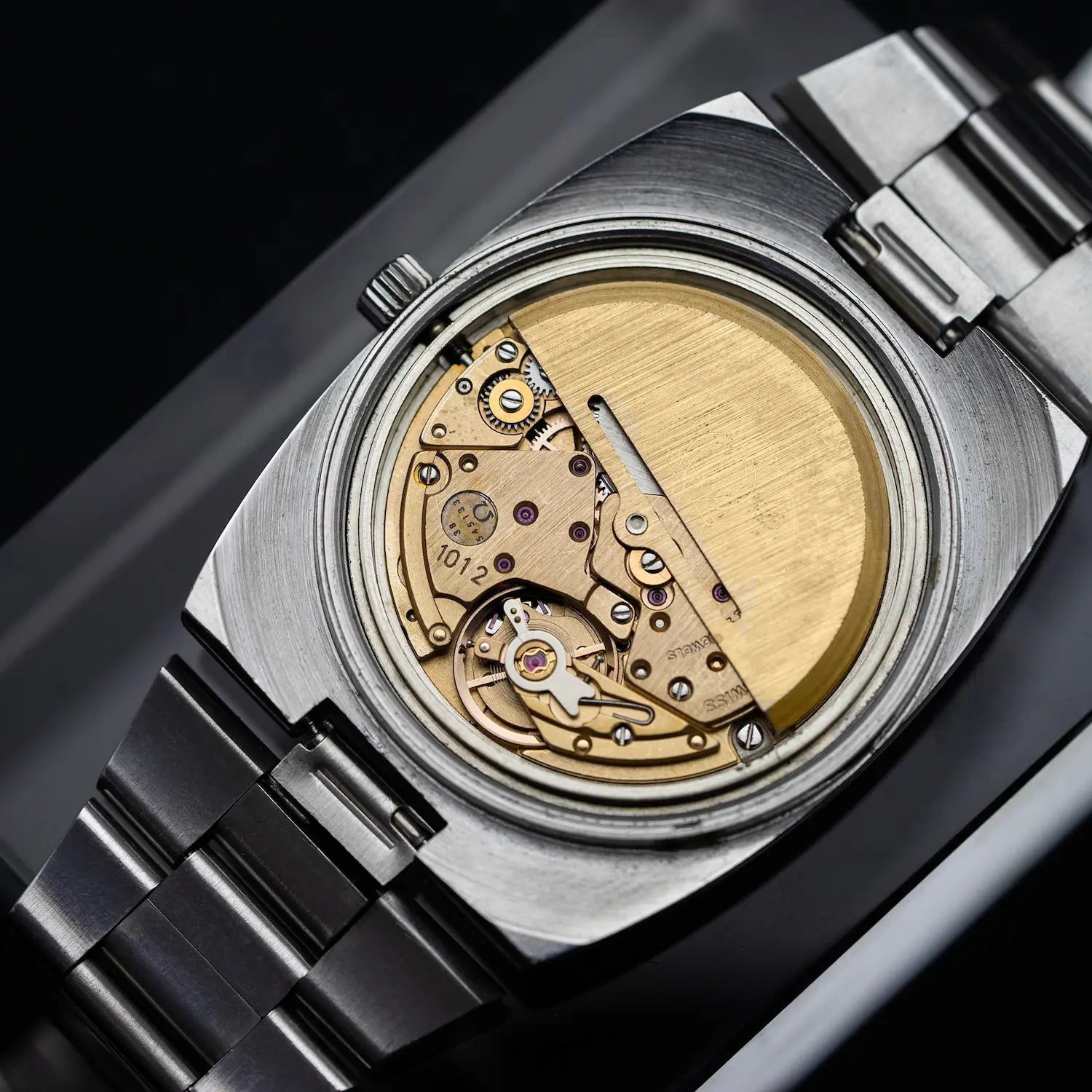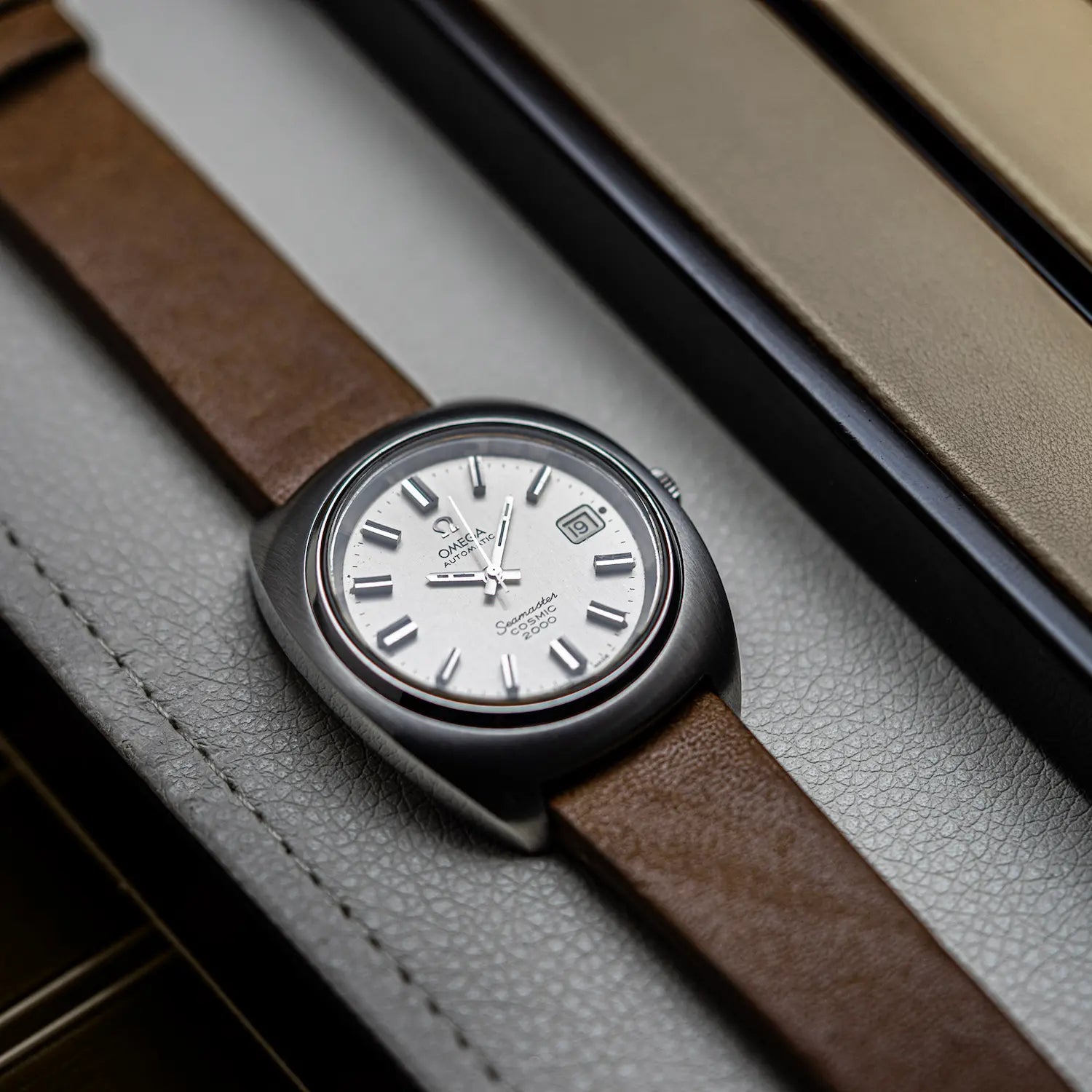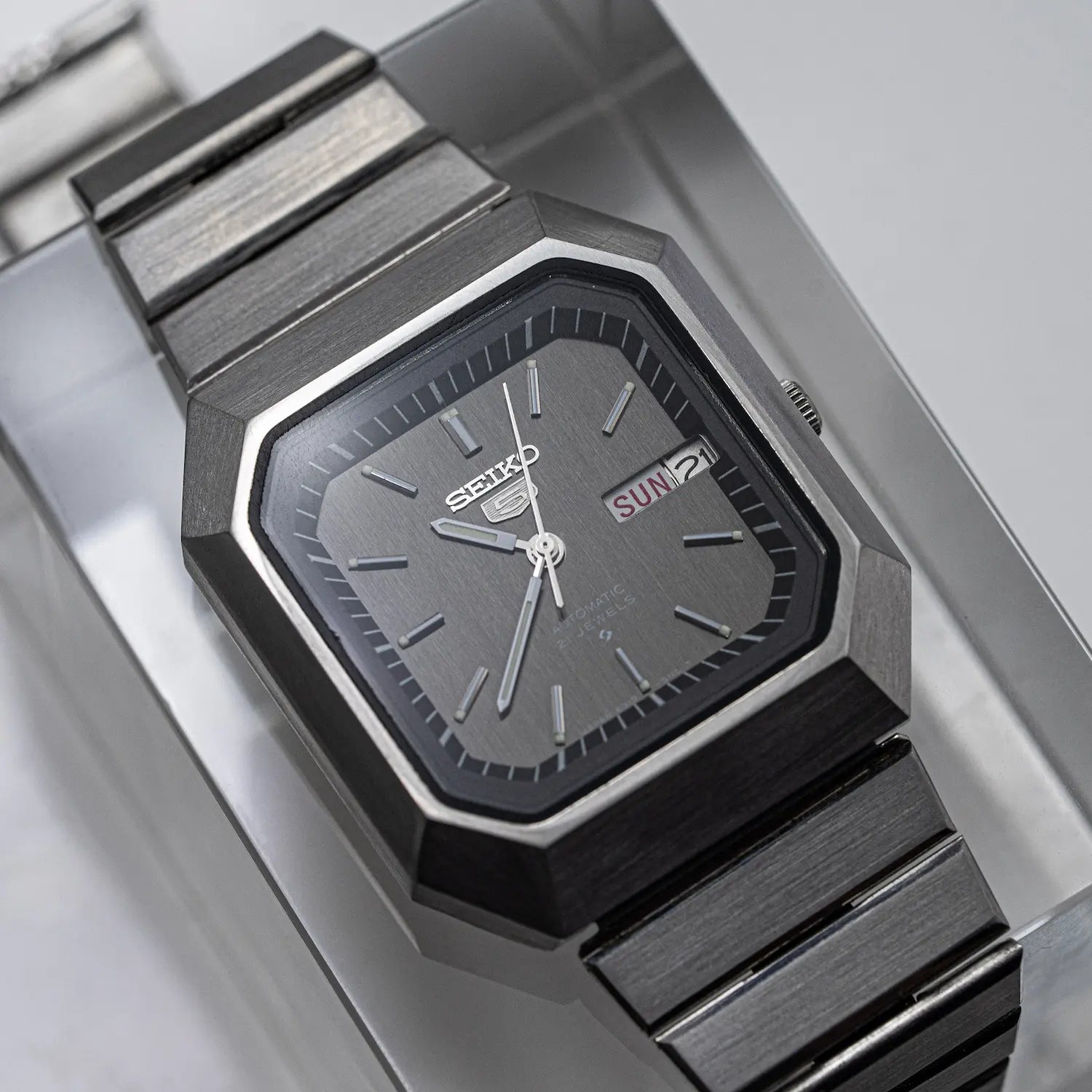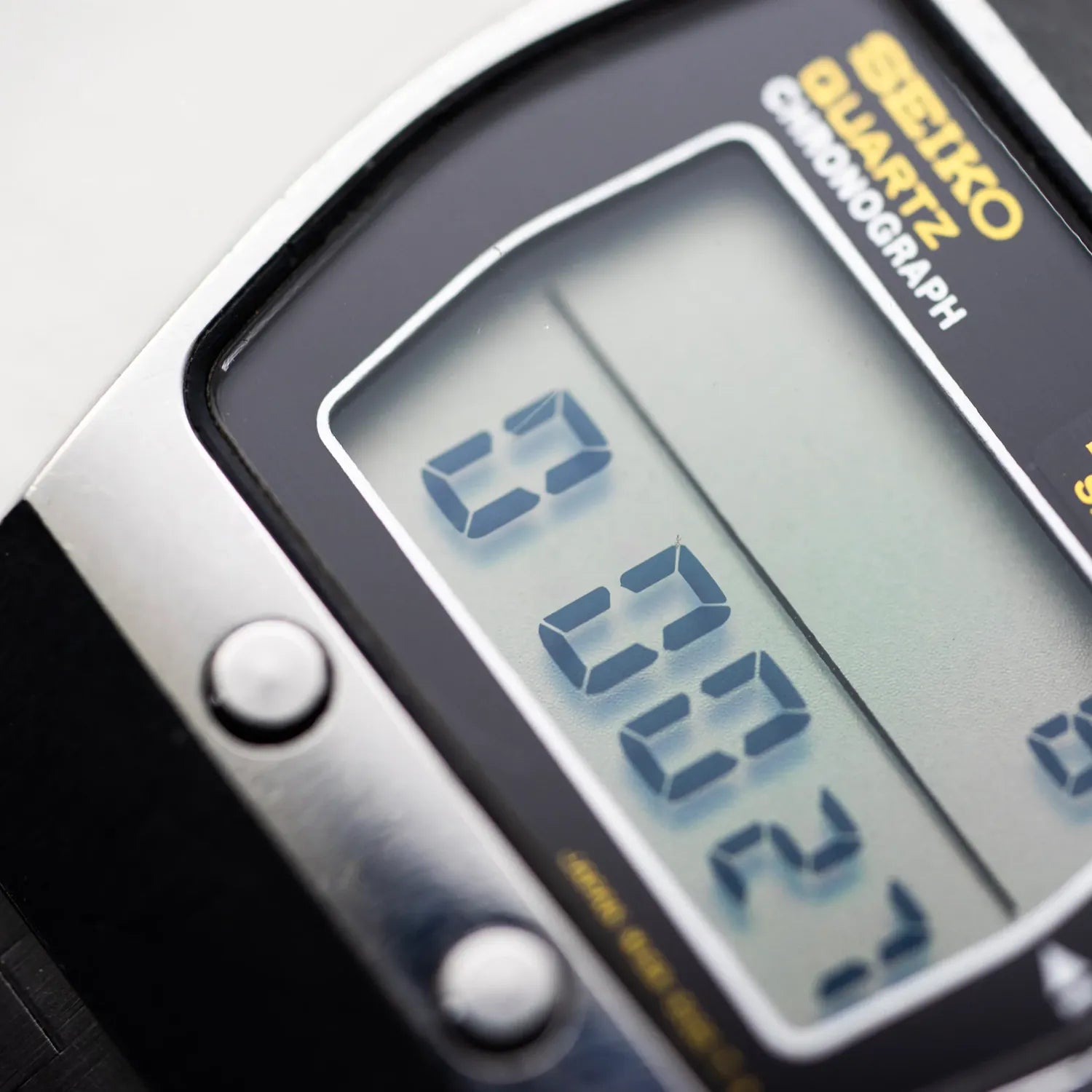Filters
Didn’t find the reference you had in mind? Explore our vintage watches — fully serviced with a 12-month warranty.
LED & LCD Era Essentials: Features, Readability & Daily Use
From early red-LED displays to later high-contrast LCDs, digital vintage watches offer practical functions without losing period charm. Expect simple time/date or multi-function modules with stopwatch, alarm, dual time, and electroluminescent or lamp backlights. Product pages note display quality (segment integrity, bleed, contrast), button feel, and setting instructions, so you know exactly how each piece performs in everyday wear.
Cases, Bracelets & Module Checks from the 1970s–1990s
Discover stainless-steel and gold-tone cases, integrated bracelets, and angular or tonneau silhouettes that defined the digital era. We note clasp types, link adjustability, and case geometry for comfort under a cuff. Each listing includes module checks (timekeeping accuracy, function cycling, backlight operation), gasket status where relevant, and honest condition grading—making it easy to compare authentic digital vintage watches and choose the right one for long-term ownership.
Digital Vintage Watches – Frequently Asked Questions
Are vintage digital watches reliable for daily wear—and can I get them wet?
A well-kept vintage digital is great for everyday timing, alarms, and world time, but water is the main risk. Gaskets harden over decades and pushers are entry points for moisture, so we recommend avoiding swimming and showers. If you expect water exposure, have a watchmaker inspect seals and pressure-test first—and never press buttons under water.
How long does the battery last, and which battery do these watches use?
Most use standard coin-cell batteries with typical life around 1–3 years, depending on functions (alarms, backlight/EL, chrono use) and ambient temperature. We fit a fresh battery and test all functions before listing. For long-term storage, remove the battery to prevent leakage; for daily wear, replace proactively when the backlight dims, the alarm volume drops, or the display fades.
How do I verify authenticity and originality on a vintage digital?
Match the case-back code and module number to the dial/feature set, and check that the button layout and on-screen segments correspond to the correct module. Review high-resolution photos of the display (clean, even segments), caseback engravings, and bracelet end-link codes; many models used integrated or reference-specific bracelets, so mismatched or generic parts are a red flag. Buy from reputable sellers who disclose service history and any replaced components (e.g., crystals, gaskets, EL panels).
What are the most common age-related issues—and what does proper servicing include?
Typical issues include weak or uneven LCD segments, discolored polarizers, dim or non-functional backlights/EL panels, sticky pushers from degraded gaskets, and corrosion on battery contacts. A quality service addresses contact cleaning, gasket replacement, pusher service, fresh battery, crystal replacement if scratched, and EL/backlight repair where parts exist. We function-test timekeeping, chronograph, alarm, and lighting, and clearly note any parts replaced to preserve originality and long-term value.



